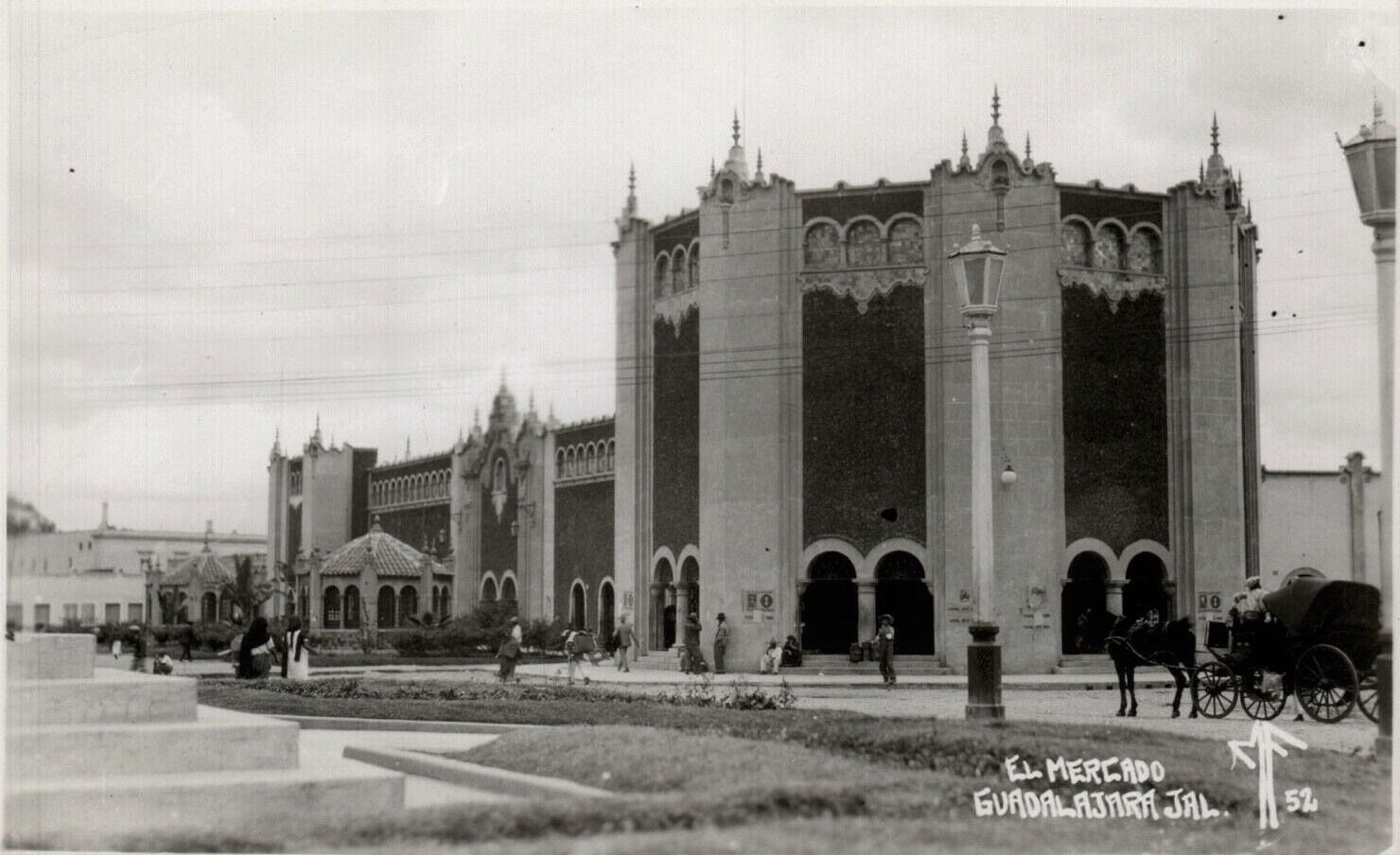
This is the most popular attraction in Guadalajara's San Juan de Dios neighborhood, although its official name is Mercado Libertad. It was initially created in 1888 by Pedro Castellanos and lasted until 1925 when then-governor José Guadalupe Zano of San Juan de Dios ordered that another be demolished and built in its place. In the 1950s it was demolished again and since then there is the building that has endured to this day.
Since the beginning of the 18th century, the tianguis had informal stalls that were installed on the site. By the middle of the 20th century, the 250 tenants in the market had been surpassed in space by the nearly 1,500 informal stalls that were established around in a disorderly manner.
It has an area of 40,000 square meters, three levels and two parking spaces; it was inaugurated on December 30, 1958, is the work of the renowned architect Alejandro Zohn, Austrian and Mexican nationalized. It is known as the San Juan de Dios Market because it is the name of the temple that is located next to it and because of the river that was specially piped for its construction.
In that river women came to wash their clothes and it was one of the places most visited by the inhabitants of that time. The river was vaulted to build one of the roads that would facilitate access to the market and would be one of the most important in the city: the Porfirio Díaz Causeway, although it later changed its name.
The highway connected with the then called Libertad Market, the most important market in the West that received thousands of visitors from different regions of the country to purchase their merchandise. It is even said that the word tapatio was born here, due to the barter that took place at that time.

In 2003 the San Juan de Dios market was about to be demolished again, but the Institute of Fine Arts (INBA) saved it by declaring it an Artistic Heritage of the Nation, that same institution protects the other famous Merced Market in Mexico City.
This was a new building in all its aspects, from the system and the construction material, since only 20 supports were used that allowed a large roof. It was also considered a construction with multiple architectural values such as the efficient light and ventilation of the place.
A budget of 7 million pesos was allocated for remodeling in 2011 and in 2017 it was renovated to include delimitation of premises, maintenance of gas installations, fire protection systems and electrical installations, in total it was an investment of 20 million pesos.

It is the largest roofed market in Latin America and an architectural icon since 1958; it currently has more than 3,000 tenants. The origin continues to be preserved through products sold as typical Jalisco clothes and sweets, handicrafts, souvenirs, regional food, shoes, skins, among others.
Although in the last three decades products such as clothing or perfumes of foreign brands have been incorporated. This is why it is also known as Taiwan of God or St. Johny.
The early morning of this Thursday, March 31, suffered a fire that affected approximately 25 percent of the property, that is, 300 premises, although no people were reported hurt.
KEEP READING:
Últimas Noticias
Debanhi Escobar: they secured the motel where she was found lifeless in a cistern
Members of the Specialized Prosecutor's Office in Nuevo León secured the Nueva Castilla Motel as part of the investigations into the case

The oldest person in the world died at the age of 119
Kane Tanaka lived in Japan. She was born six months earlier than George Orwell, the same year that the Wright brothers first flew, and Marie Curie became the first woman to win a Nobel Prize

Macabre find in CDMX: they left a body bagged and tied in a taxi
The body was left in the back seats of the car. It was covered with black bags and tied with industrial tape
The eagles of America will face Manchester City in a duel of legends. Here are the details
The top Mexican football champion will play a match with Pep Guardiola's squad in the Lone Star Cup

Why is it good to bring dogs out to know the world when they are puppies
A so-called protection against the spread of diseases threatens the integral development of dogs




